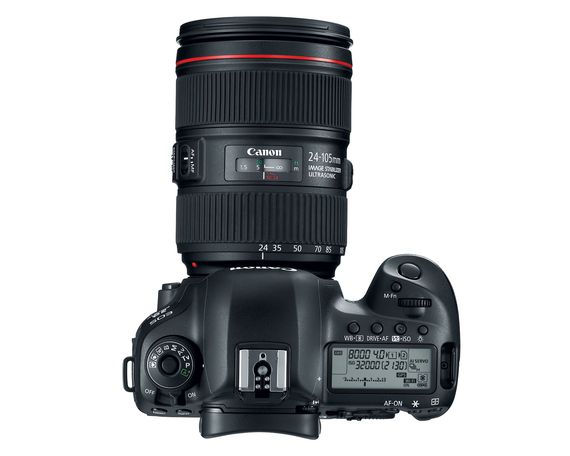Canon
Don't panic, Lightroom fans, Adobe Systems will support the new photo format Canon tucked into its hot new SLR, the EOS 5D Mark IV.
Adobe's Lightroom, for editing and cataloging photos, has a particular emphasis on "raw" photo formats that offer more editing flexibility and image quality than ordinary JPEG but that are more of a hassle to handle. Canon's new $3,500 5D Mark IV, introduced Thursday, adds a new variety called dual-pixel raw that lets photographers fine-tune focus after a shot was taken. To take advantage of dual-pixel raw, though, photographers will have to use Canon's own raw-processing software, Digital Photo Professional.
But not forever.
"We're working on it," Adobe spokesman Roman Skuratovskiy said Thursday. He declined to say when Adobe would add the update to Lightroom and its cousin, Photoshop, though.
The dual-pixel raw format exemplifies a major trend called computational photography. In the first decades of photography, a thin sheet of plastic film recorded an image chemically, but with digital image sensors today, the initial capture of the light is only the first stage. With computational photography, computers in cameras, phones, and PCs are instrumental to processing images. They can correct lens flaws, stitch imagery into a panoramic sweep, reduce image noise, erase skin blemishes, and perform countless other manipulations.
Dual-pixel raw takes advantage of the fact that newer Canon cameras divide pixels on the sensor into two halves to improve video autofocus (PDF). That also means the camera can gather more information, though, for still photos.
That offers three advantages, according to Canon technical representative Rudy Winston. First, you can fine-tune a photo's focus distance, the same thing that would happen by twisting the camera lens focus ring a tiny bit when taking the photo. Second is "bokeh shift," where the photographer can slightly shift the background right or left. Third is "ghost reduction," which can lower some types of lens flare.
